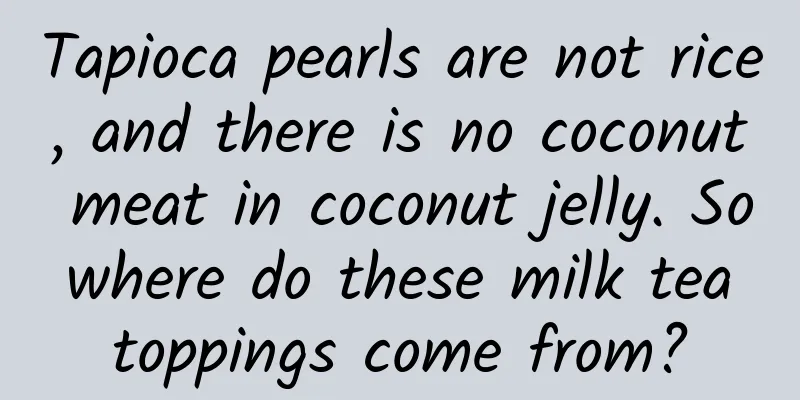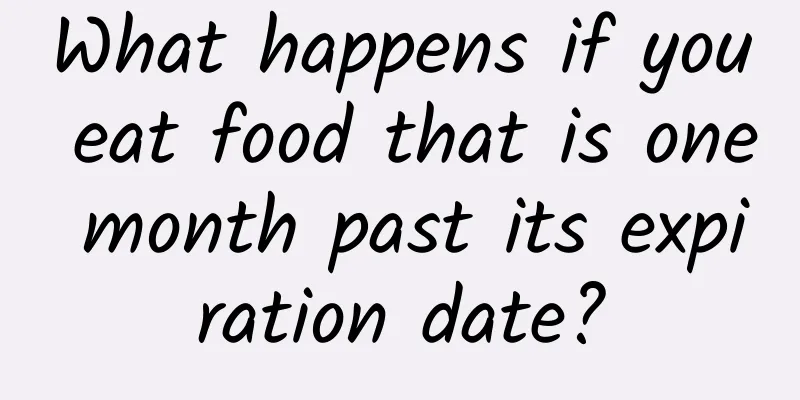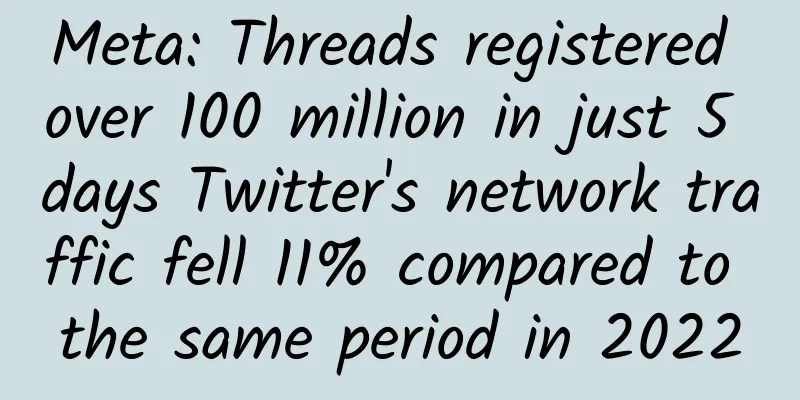Dietary taboos for women with cholecystitis

|
What can't you eat when you have cholecystitis? After knowing that the cause of cholecystitis is related to diet, many patients pay more attention to their diet. However, they are confused about the question of what can't you eat when you have cholecystitis. What are the dietary taboos for women with cholecystitis? Let's take a look at it together. During the subacute stage of cholecystitis, you should avoid eating to allow the gallbladder to rest, which will help relieve pain. To ensure that the body's nutrients are replenished intravenously, you should drink plenty of water. After the pain is relieved, the diet can be prepared from shallow to deep according to the condition. You can use light liquid food or low-calorie, low-cholesterol, high-carbohydrate liquid food, such as millet soup, lotus root powder, vegetable and fruit juice, freshly squeezed juice, rice soup with honey and other ingredients. After the condition further improves, you can choose low-calorie semi-liquid food or low-calorie soft rice with less residue. What should not be eaten for cholecystitis 1. Foods containing fat The onset of bile duct diseases often occurs at night or in the morning after a full meal (especially high-calorie food). This is because the digestion of fat requires a large amount of bile, and patients with cholecystitis have pain when the gallbladder contracts rapidly due to inflammation of the gallbladder and the presence of gallstones in the gallbladder. If the gallstones block it, the pain will be more severe and accompanied by nausea and vomiting. Patients with chronic cholecystitis will experience dull pain after eating more fat, and have symptoms of indigestion, such as hiccups, abdominal distension, and aversion to greasy food. Therefore, the patient's daily body fat content should be limited to 40-50 grams, and white meat, fried eggs, animal oil, unsalted butter, cream, etc. should be avoided, and cooking oil is best. 2. Acidic Fruits Acidic fruits such as vinegar, bayberry wine, hawthorn, lemon, etc. can stimulate the stomach and duodenum to secrete cholecystokinin, which can cause the gallbladder to contract and cause biliary colic. 3. Low-temperature or over-temperature ingredients Overheated food or soup, cold food such as ice cream, iced drinks, iced coffee and food just taken out of the refrigerator can cause spasm of the bile duct muscles after eating, resulting in dull pain or severe pain in the gallbladder area. Therefore, patients with gallbladder disease should avoid eating cold or overheated food. 4. Sugar Because sugar can stimulate pancreatic β-cells to secrete insulin, insulin can increase cholesterol, causing supersaturation of cholesterol in bile and promoting the formation of gallstones. 5. Spicy food Spicy food Spicy food Spicy food such as wine, tea, coffee, chili pepper, mustard sauce, pepper, pepper, etc. can cause excessive secretion of the stomach and duodenum, increase cholecystokinin, cause spasm of the bile duct and dilatation muscles, and obstruction of bile excretion, causing biliary colic, so the above foods should be avoided. |
<<: Female lower abdominal pain after defecation
>>: Early symptoms of hepatitis B in women
Recommend
The benefits of taking folic acid every day for women
Folic acid tablets are a water-soluble B vitamin ...
How many sit-ups should you do? One look and you'll know
The abdomen is the place where fat is most likely...
What should I do if I have hemorrhoids?
Patients with hemorrhoids know that hemorrhoids a...
What happens during early pregnancy?
After pregnancy, it is best not to have sexual li...
World Sleep Day | Can’t sleep during the afternoon? Here’s everything you want to know about naps!
Today is World Sleep Day. Many people are concern...
Yellow leucorrhea like snot in late pregnancy
The late pregnancy is a very important period. If...
What causes breast pain?
Many girls do not pay enough attention to breast ...
A eating habit that can prolong your life is really simple to do! I strongly recommend you try it
Recently, Zhang Yun, an academician of the Chines...
What are the dangers of strenuous exercise during menstruation?
Women will experience a few days of discomfort ev...
Does a small breast have milk?
The size of every woman's breasts is related ...
Why is a marathon called a marathon? Marathon division rules
In recent years, more and more people have starte...
Temperature rises a few days after ovulation
A woman's body temperature will rise during h...
What are the benefits of eating fern root powder? What is fern root powder made of?
"Fern root powder" is a vermicelli food...
What is garbage classification? Four jingles about garbage classification
Environmental protection is in our hearts, and ga...
Can age-related macular degeneration be cured? What treatments are available?
Author: Ma Zhizhong, Chief Physician, Peking Univ...









